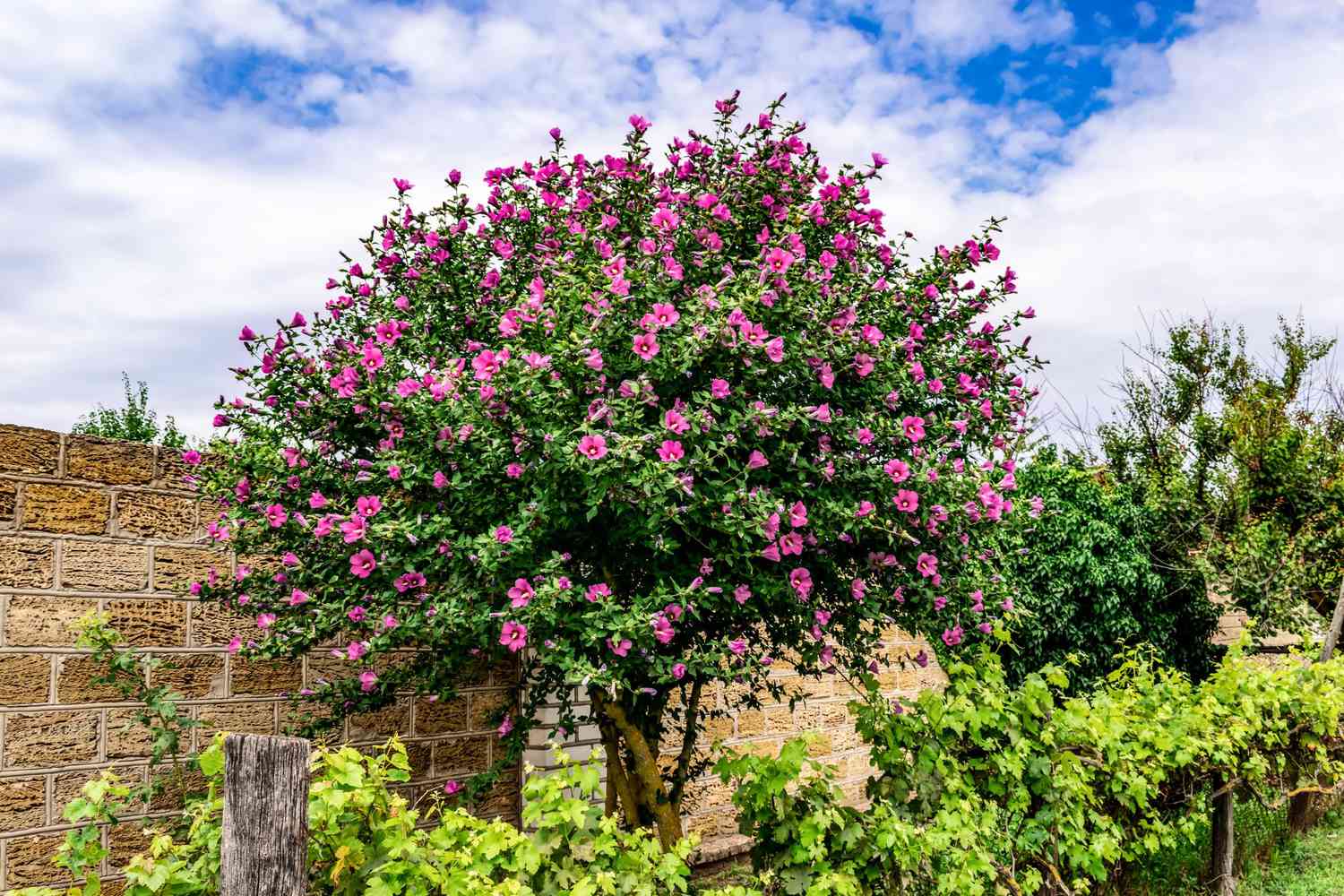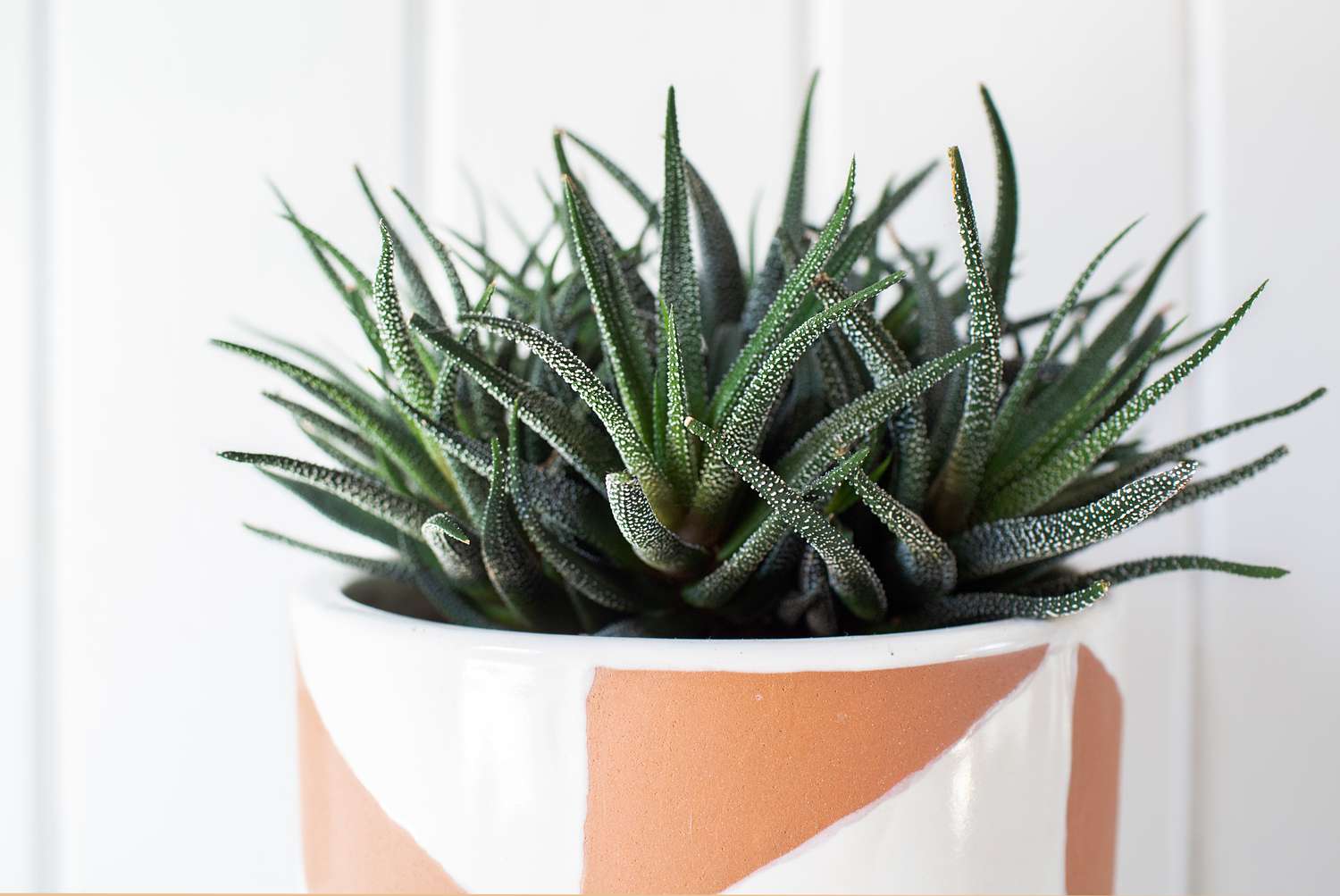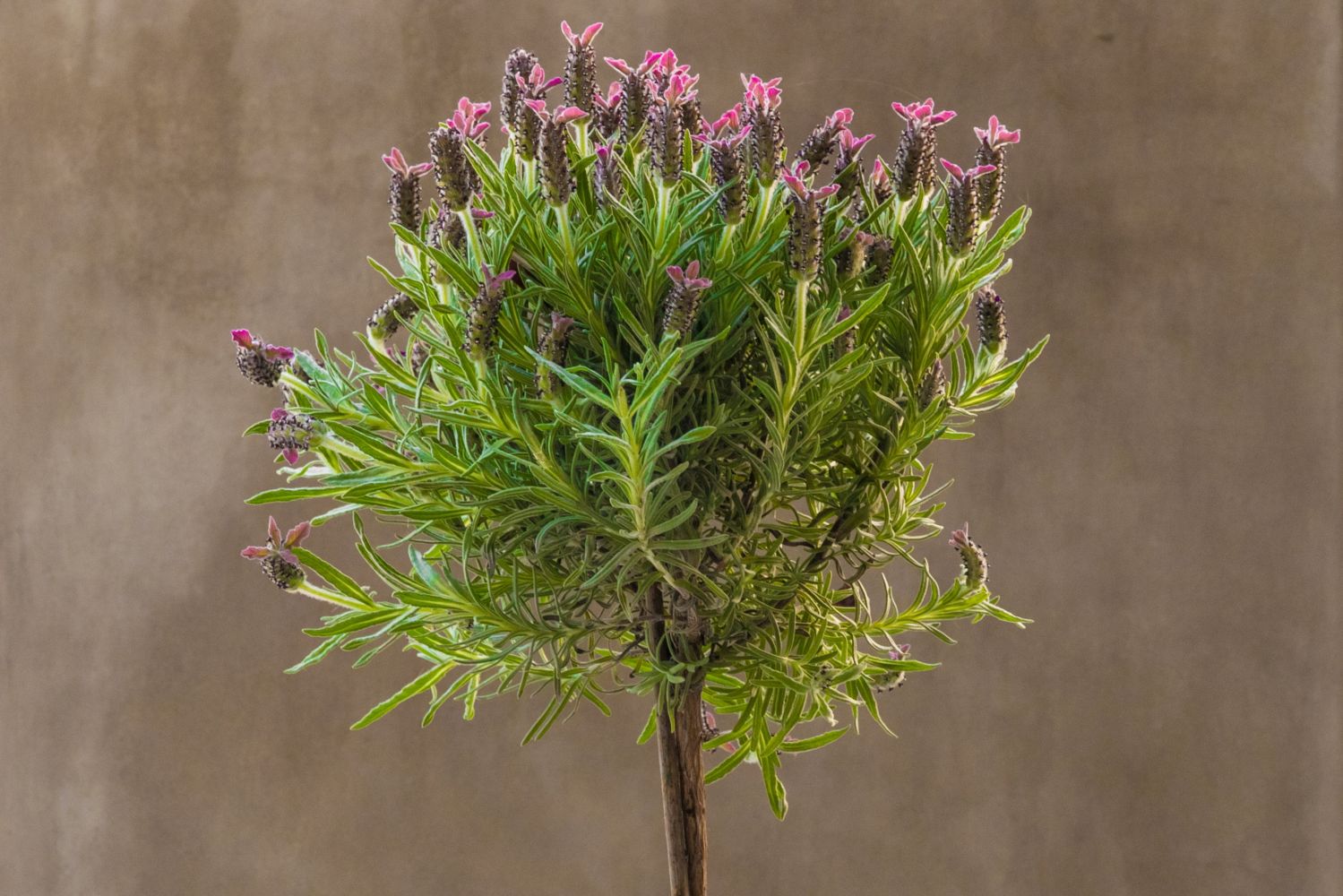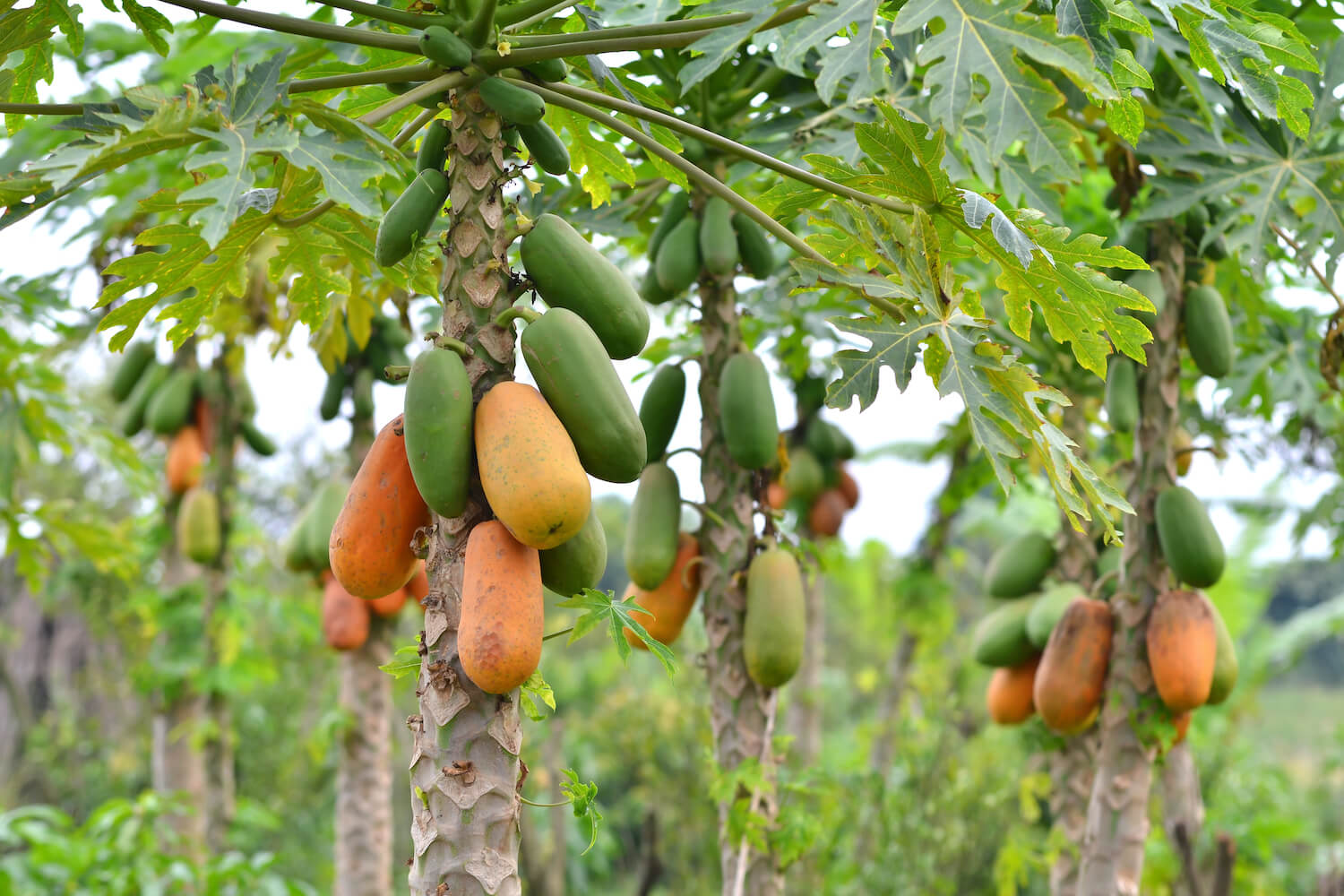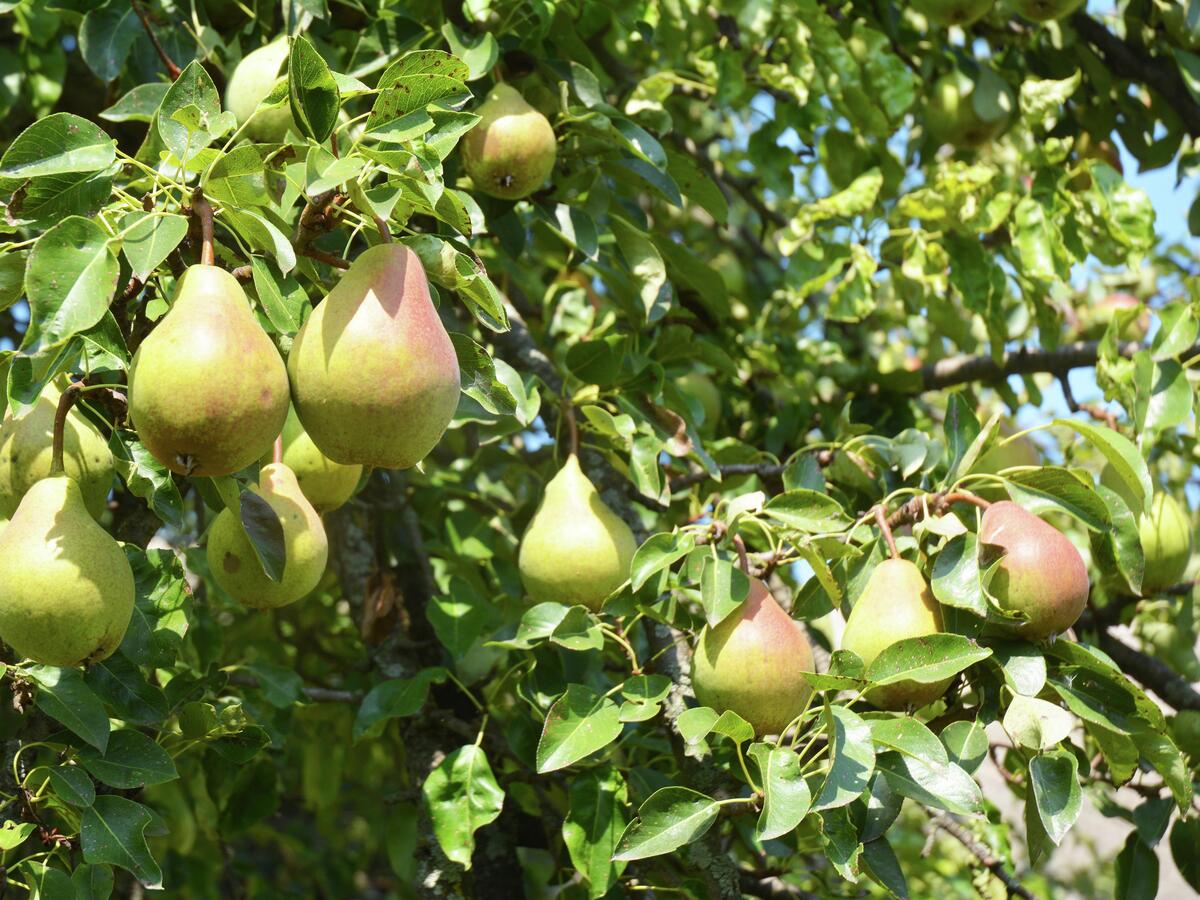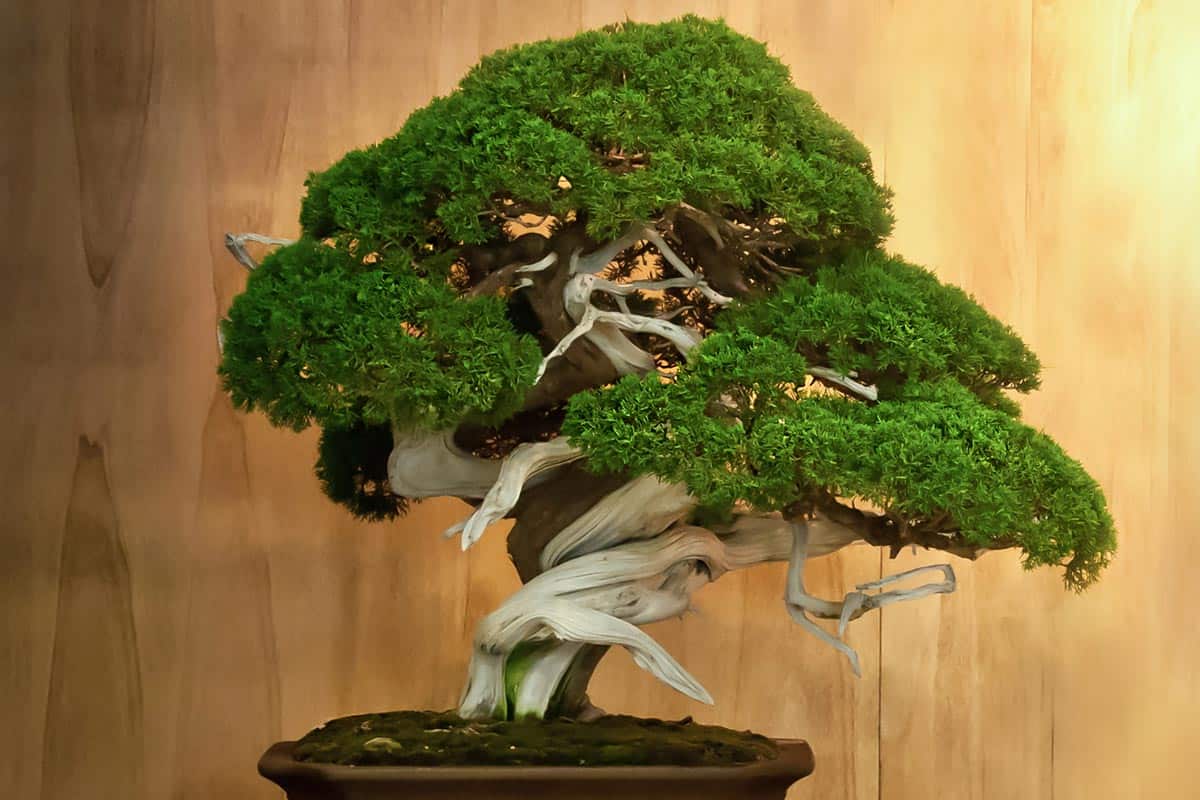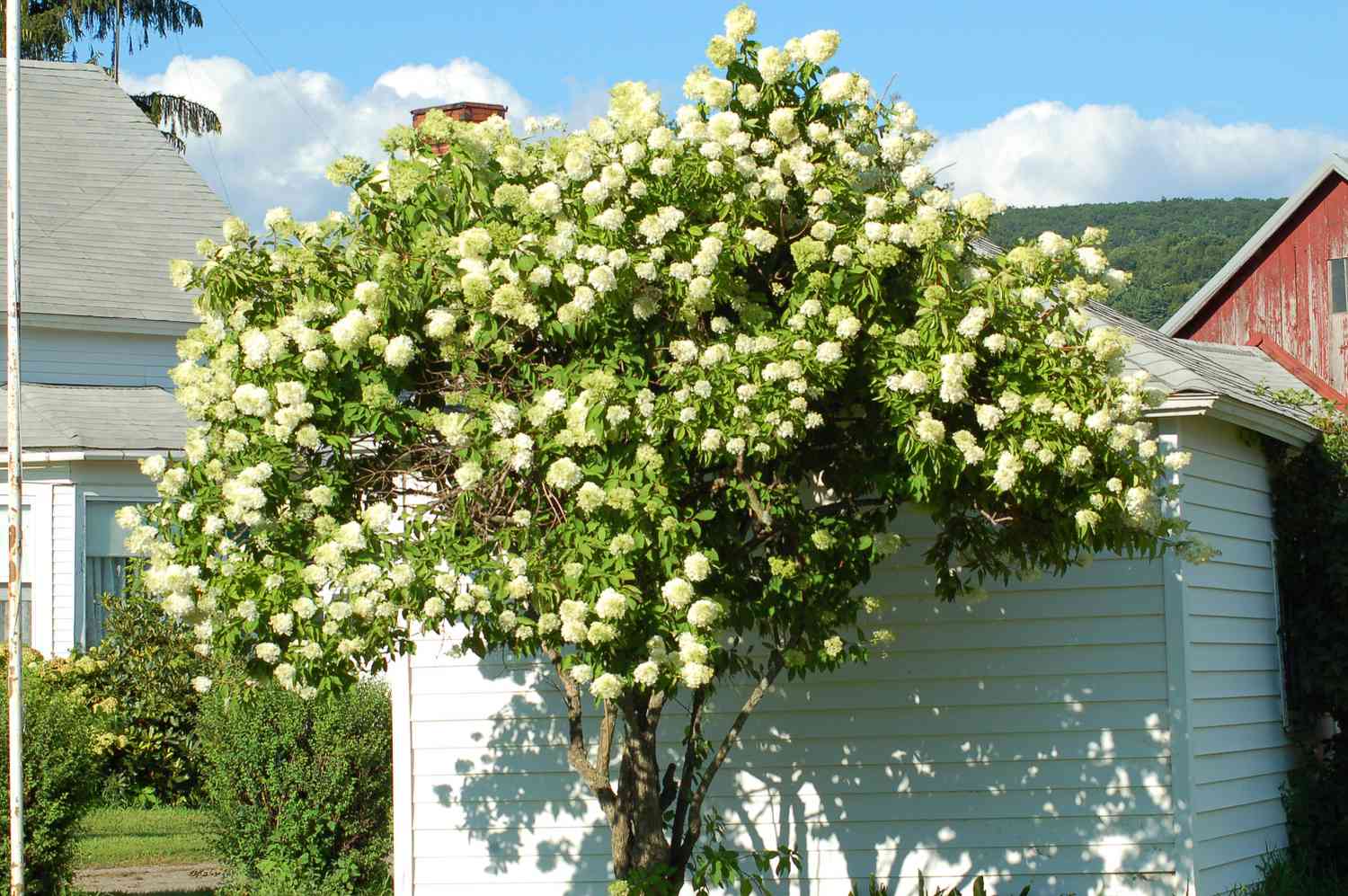Home>Types of Gardening>Ornamental Gardening>How Big Do Black Oil Sunflowers Get


Ornamental Gardening
How Big Do Black Oil Sunflowers Get
Modified: January 22, 2024
Discover the ideal size of black oil sunflowers for your ornamental garden. Learn how to cultivate these striking flowers for a stunning display.
(Many of the links in this article redirect to a specific reviewed product. Your purchase of these products through affiliate links helps to generate commission for Chicagolandgardening.com, at no extra cost. Learn more)
Table of Contents
**
Introduction
**
Black oil sunflowers, scientifically known as Helianthus annuus, are a popular and striking addition to any ornamental garden or landscape. These sunflowers are not only admired for their stunning beauty but also for their versatility and practical uses. Their impressive height and vibrant blooms make them a standout feature in gardens, attracting pollinators and adding visual interest. Understanding the growth characteristics and optimal conditions for these sunflowers is essential for cultivating a thriving and picturesque display.
Black oil sunflowers are a variety of sunflower known for their large, dark seeds, which are a valuable source of nutrition for both humans and wildlife. These sunflowers are not only visually appealing but also serve a practical purpose, making them a favorite among gardeners and nature enthusiasts alike. As with any plant, understanding the factors that influence their growth and the optimal conditions for their development is crucial for successful cultivation.
In this comprehensive guide, we will delve into the characteristics of black oil sunflowers, the factors that affect their growth, and the optimal conditions for fostering their development. Additionally, we will explore effective strategies for managing the growth of black oil sunflowers to ensure a flourishing and visually captivating garden display. Whether you are a seasoned gardener or a novice enthusiast, this guide will equip you with the knowledge and insights needed to cultivate healthy and vibrant black oil sunflowers in your ornamental garden.
**
Characteristics of Black Oil Sunflowers
**
Black oil sunflowers are known for their impressive stature, typically reaching heights of 5 to 8 feet, although some varieties can grow even taller under optimal conditions. The towering stems of these sunflowers are adorned with large, vibrant blooms that feature a dark center, creating a visually striking contrast against the golden petals. The blooms, which can measure up to 12 inches in diameter, exude a captivating charm that adds a touch of grandeur to any garden landscape.
One of the most notable features of black oil sunflowers is their large, dark seeds, which are rich in oil and highly sought after by various bird species. These seeds serve as a valuable source of nutrition for birds, making black oil sunflowers a popular choice for bird-friendly gardens and natural habitats. The robust and plentiful seeds also make black oil sunflowers a practical option for those interested in harvesting their own seeds for consumption or other purposes.
Another distinguishing characteristic of black oil sunflowers is their resilience and adaptability. These sunflowers thrive in a wide range of climates and soil types, making them a versatile choice for gardeners in various regions. Their ability to withstand diverse environmental conditions, coupled with their low maintenance requirements, further enhances their appeal as an ornamental garden staple.
Black oil sunflowers are also known for their rapid growth rate, particularly during the peak of the growing season. Given the right conditions, these sunflowers can exhibit vigorous growth, with sturdy stems and abundant foliage that contribute to their commanding presence in the garden landscape. Understanding these key characteristics is essential for effectively nurturing and appreciating the beauty and utility of black oil sunflowers in ornamental gardening.
Factors Affecting Growth
The growth of black oil sunflowers is influenced by various factors, each playing a critical role in determining the overall health and vigor of these stunning plants. Understanding these factors is essential for creating an optimal environment that fosters robust growth and abundant blooms.
1. Sunlight: Sunflowers are renowned for their affinity for sunlight, and black oil sunflowers are no exception. Adequate exposure to sunlight is crucial for their growth and development. These sunflowers thrive in full sun, requiring a minimum of 6 to 8 hours of direct sunlight daily. Insufficient sunlight can lead to stunted growth and diminished flower production.
2. Soil Quality: The quality and composition of the soil significantly impact the growth of black oil sunflowers. Well-draining, nutrient-rich soil is ideal for these plants. A slightly acidic to neutral soil pH level ranging from 6.0 to 7.5 is optimal for supporting their growth. Amending the soil with organic matter can enhance its fertility and structure, providing an ideal foundation for healthy root development.
3. Watering: Adequate moisture is essential for the initial establishment and ongoing growth of black oil sunflowers. While these sunflowers are relatively drought-tolerant once established, consistent watering is crucial during the germination and early growth stages. Overly saturated soil, however, can lead to root rot and other issues, emphasizing the importance of maintaining a balanced watering regimen.
4. Temperature and Climate: Black oil sunflowers thrive in warm weather and are sensitive to frost. Planting them after the last expected frost date in your region is crucial to prevent cold damage. Additionally, selecting sunflower varieties that are well-suited to your specific climate can contribute to their overall growth and resilience.
5. Pests and Diseases: Various pests, such as aphids and caterpillars, can pose a threat to the growth of black oil sunflowers. Additionally, fungal diseases, including powdery mildew and downy mildew, can impact their overall health. Implementing proactive pest management strategies and practicing good garden hygiene are essential for mitigating these risks and promoting healthy growth.
By carefully considering and addressing these influential factors, gardeners can create an environment that supports the robust growth and flourishing beauty of black oil sunflowers, ensuring a stunning and vibrant garden display.
Optimal Conditions for Growth
Creating the ideal conditions for the growth of black oil sunflowers is essential for nurturing healthy, vigorous plants that produce abundant blooms and seeds. By understanding and implementing the optimal conditions for their development, gardeners can maximize the visual impact and practical benefits of these striking ornamental sunflowers.
1. Sunlight: Black oil sunflowers thrive in full sun, requiring ample exposure to direct sunlight for optimal growth. Select a planting location that receives at least 6 to 8 hours of sunlight daily to ensure robust stem development and prolific flower production.
2. Soil Quality: Well-draining, nutrient-rich soil is crucial for supporting the growth of black oil sunflowers. Amend the soil with organic matter, such as compost or well-rotted manure, to enhance its fertility and structure. A slightly acidic to neutral soil pH level ranging from 6.0 to 7.5 is ideal for these sunflowers.
3. Watering: During the germination and early growth stages, consistent watering is essential to support the establishment of black oil sunflowers. Once established, these sunflowers are relatively drought-tolerant but benefit from regular watering during dry spells. Avoid overwatering, as excessively saturated soil can lead to root rot and other issues.
4. Temperature and Climate: Black oil sunflowers thrive in warm weather and are sensitive to frost. Plant them after the last expected frost date in your region to prevent cold damage. Select sunflower varieties that are well-suited to your specific climate to promote their overall growth and resilience.
5. Spacing: Providing adequate spacing between black oil sunflowers is essential for ensuring optimal growth and airflow. Plant seeds or seedlings at the recommended spacing, typically 12 to 18 inches apart, to prevent overcrowding and competition for resources.
By creating an environment that aligns with these optimal conditions, gardeners can cultivate robust and vibrant black oil sunflowers that serve as a captivating focal point in ornamental gardens and provide valuable resources for wildlife and human consumption. Understanding and implementing these key factors for growth can contribute to the successful cultivation of these stunning and practical sunflowers.
Managing the Growth of Black Oil Sunflowers
Effectively managing the growth of black oil sunflowers is essential for promoting their overall health, maximizing their visual impact, and ensuring a bountiful harvest of seeds. By implementing strategic techniques and practices, gardeners can support the vigorous growth and abundant blooms of these striking ornamental sunflowers.
1. Pruning: Regular pruning can help manage the growth of black oil sunflowers, particularly when cultivating them for ornamental purposes. Removing spent blooms and trimming back excessive foliage can promote a tidy and well-maintained appearance while redirecting the plant’s energy toward producing new blooms.
2. Support and Staking: As black oil sunflowers reach impressive heights, providing support and staking can prevent the stems from bending or breaking under their own weight. Install sturdy stakes or use garden twine to gently secure the stems, especially in windy conditions, to maintain the plants’ upright posture and overall aesthetic appeal.
3. Fertilization: Applying a balanced, slow-release fertilizer when planting and periodically throughout the growing season can provide essential nutrients to support the robust growth and flowering of black oil sunflowers. Select a fertilizer with a higher phosphorus content to encourage prolific blooming and seed production.
4. Weed Control: Managing weeds in the vicinity of black oil sunflowers is crucial for minimizing competition for resources and promoting unhindered growth. Regularly remove weeds and apply a layer of organic mulch around the base of the plants to suppress weed growth while retaining soil moisture.
5. Pest and Disease Management: Implement proactive pest management strategies to protect black oil sunflowers from common pests, such as aphids and caterpillars, which can hinder their growth and vitality. Additionally, monitor the plants for signs of fungal diseases and promptly address any issues to safeguard their overall health.
By employing these proactive measures and management techniques, gardeners can effectively nurture the growth of black oil sunflowers, ensuring that they thrive and contribute to a stunning garden display. These strategies not only promote the visual appeal of these ornamental sunflowers but also support their practical value as a source of nourishment for wildlife and potential harvest for seeds.
Conclusion
Black oil sunflowers stand as a testament to nature’s grandeur, captivating gardeners and nature enthusiasts with their towering stature, vibrant blooms, and valuable seeds. Understanding the characteristics, optimal conditions for growth, and effective management strategies for these sunflowers is paramount for cultivating a flourishing and visually stunning garden display.
By delving into the distinct characteristics of black oil sunflowers, including their impressive height, striking blooms, and resilience, gardeners gain a deeper appreciation for the unique allure and practical benefits of these ornamental plants. Their rapid growth rate and adaptability further underscore their potential as a focal point in ornamental gardens and natural landscapes.
Exploring the influential factors affecting the growth of black oil sunflowers sheds light on the essential considerations for creating an environment that supports their vigor and vitality. From sunlight and soil quality to pest management and climate considerations, each factor plays a pivotal role in nurturing the optimal growth and development of these captivating sunflowers.
Identifying the optimal conditions for the growth of black oil sunflowers provides gardeners with a roadmap for fostering healthy, robust plants that thrive in their chosen landscape. From sunlight and soil quality to watering and spacing, aligning with these optimal conditions sets the stage for a visually striking and productive garden display.
Effectively managing the growth of black oil sunflowers encompasses a range of strategic practices, from pruning and support to fertilization and pest management. By implementing these techniques, gardeners can ensure that their black oil sunflowers flourish, contributing to a vibrant and well-maintained garden landscape.
In conclusion, black oil sunflowers exemplify nature’s artistry and practicality, offering a harmonious blend of visual splendor and ecological significance. By embracing their distinct characteristics, understanding the factors influencing their growth, and implementing effective management strategies, gardeners can cultivate a captivating display of black oil sunflowers that enriches the garden and provides valuable resources for wildlife and human enjoyment.
